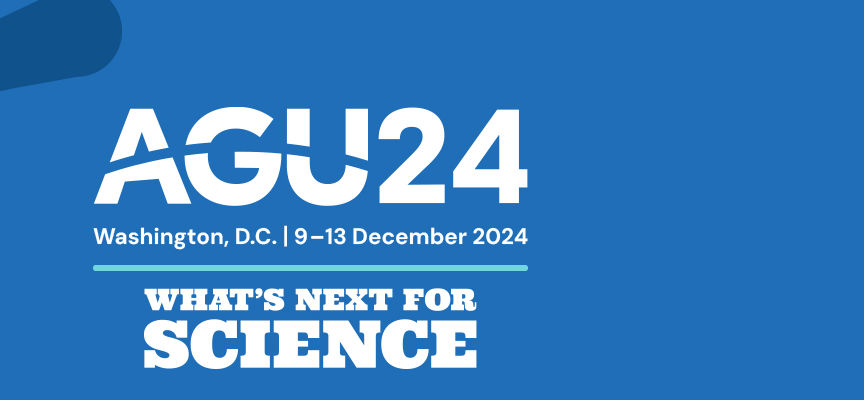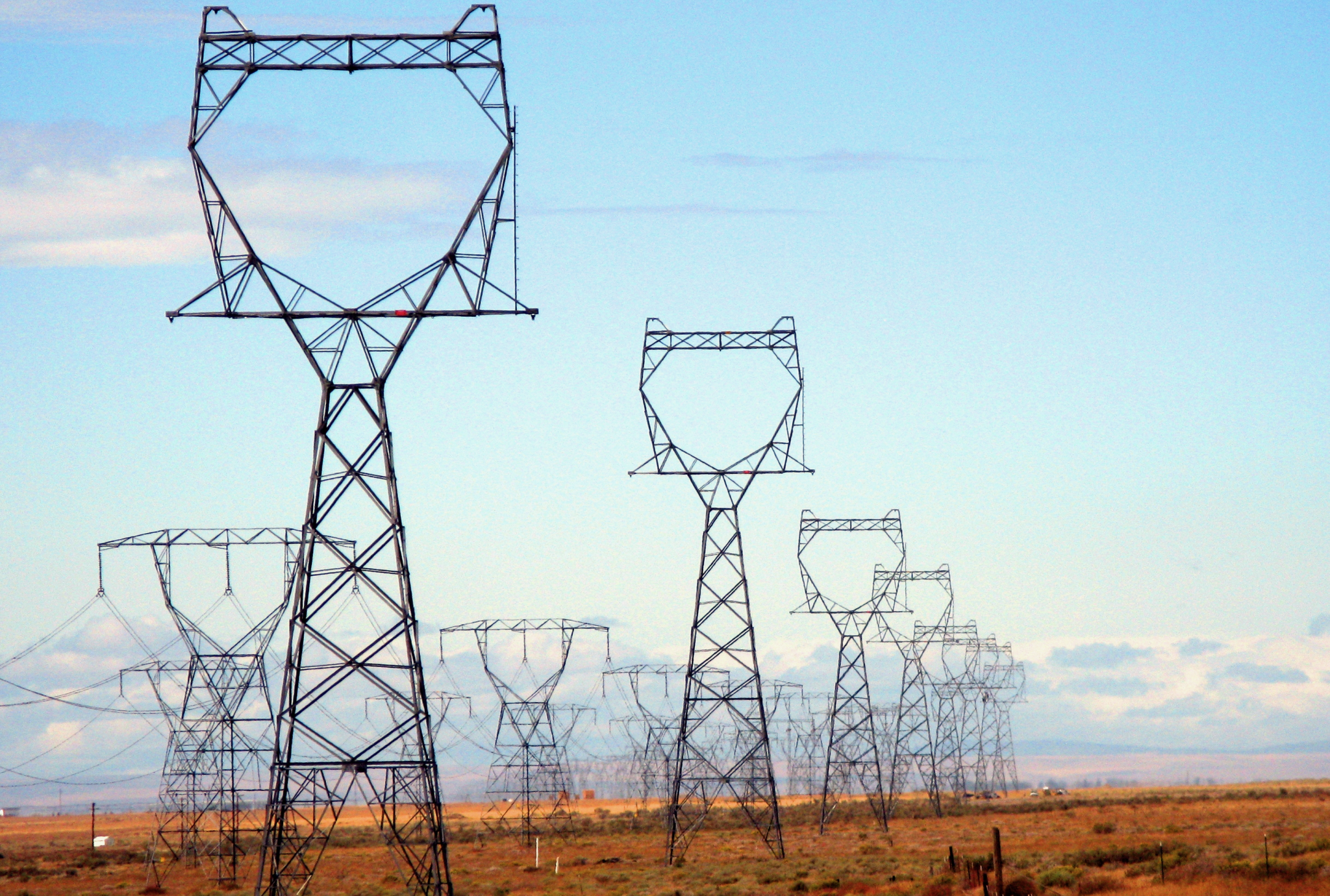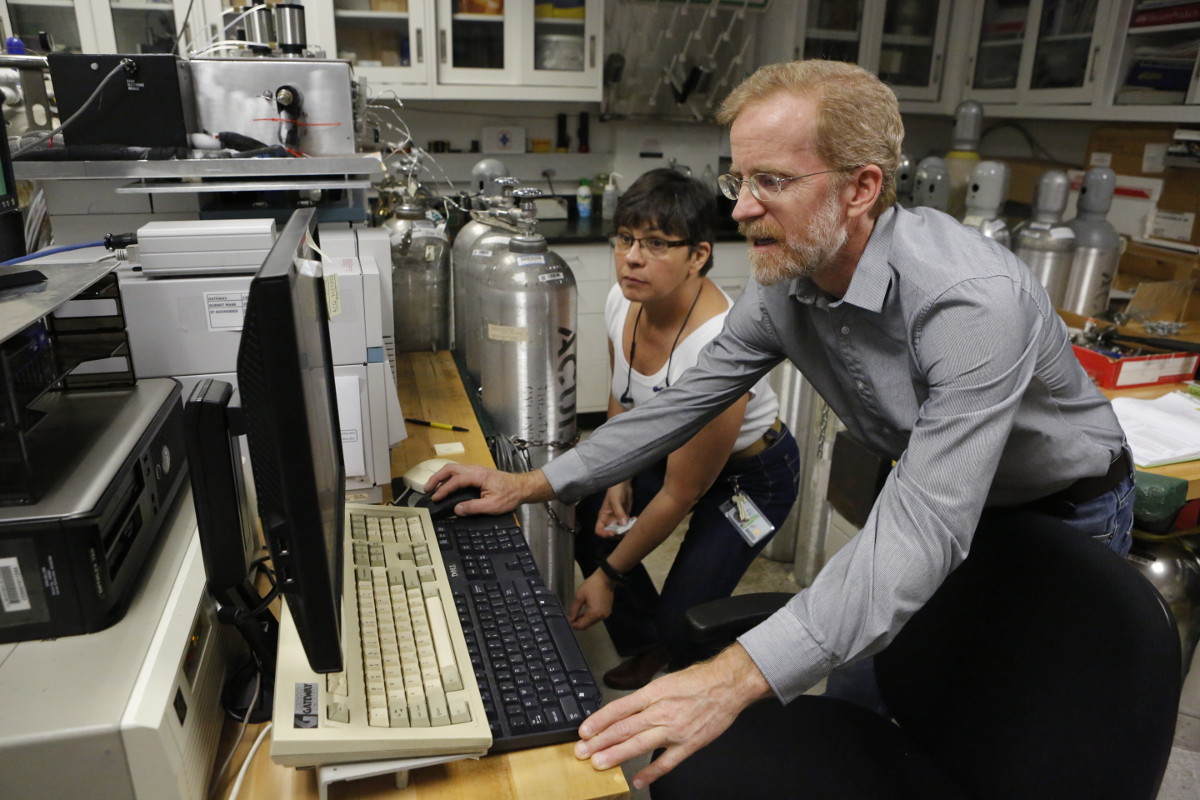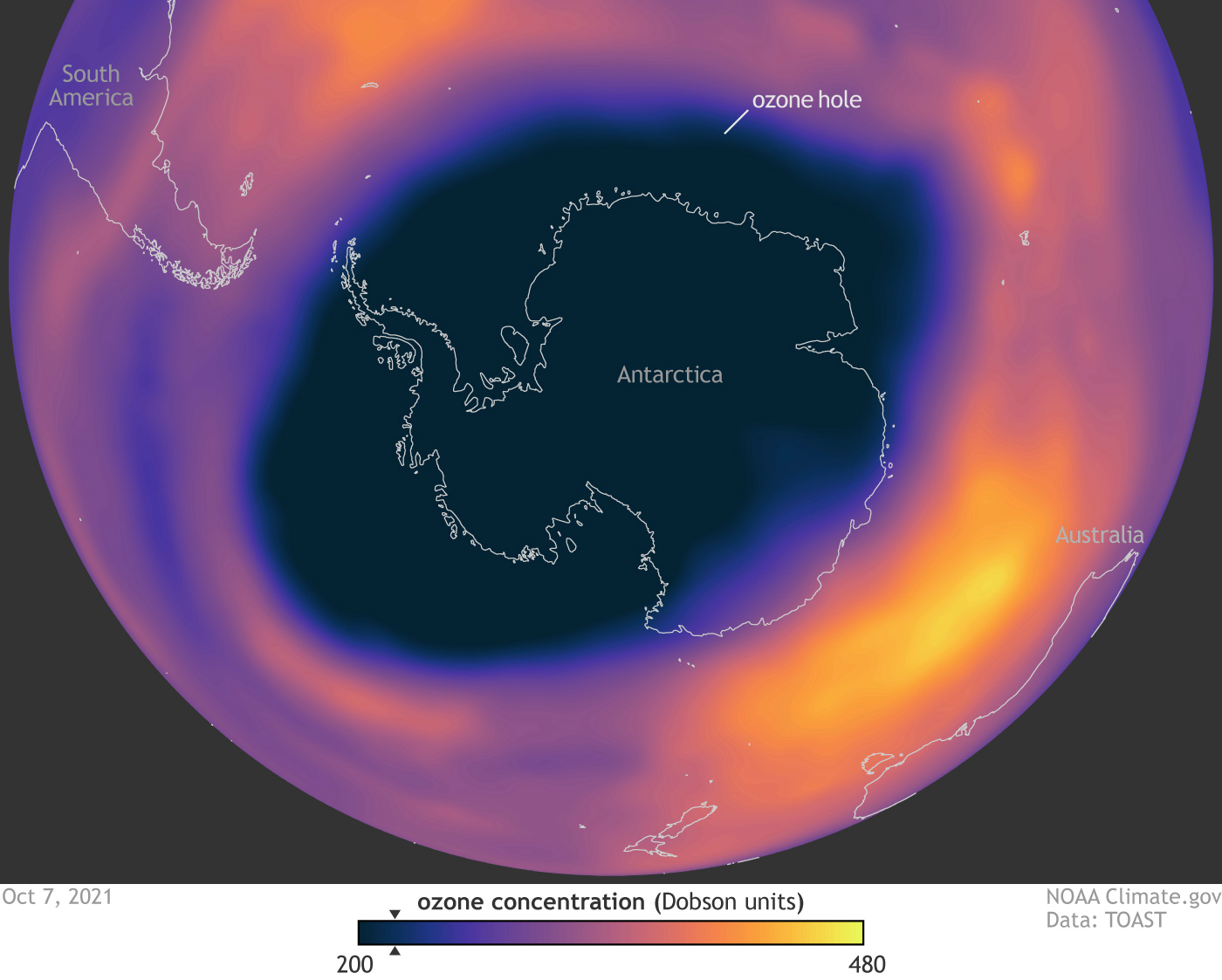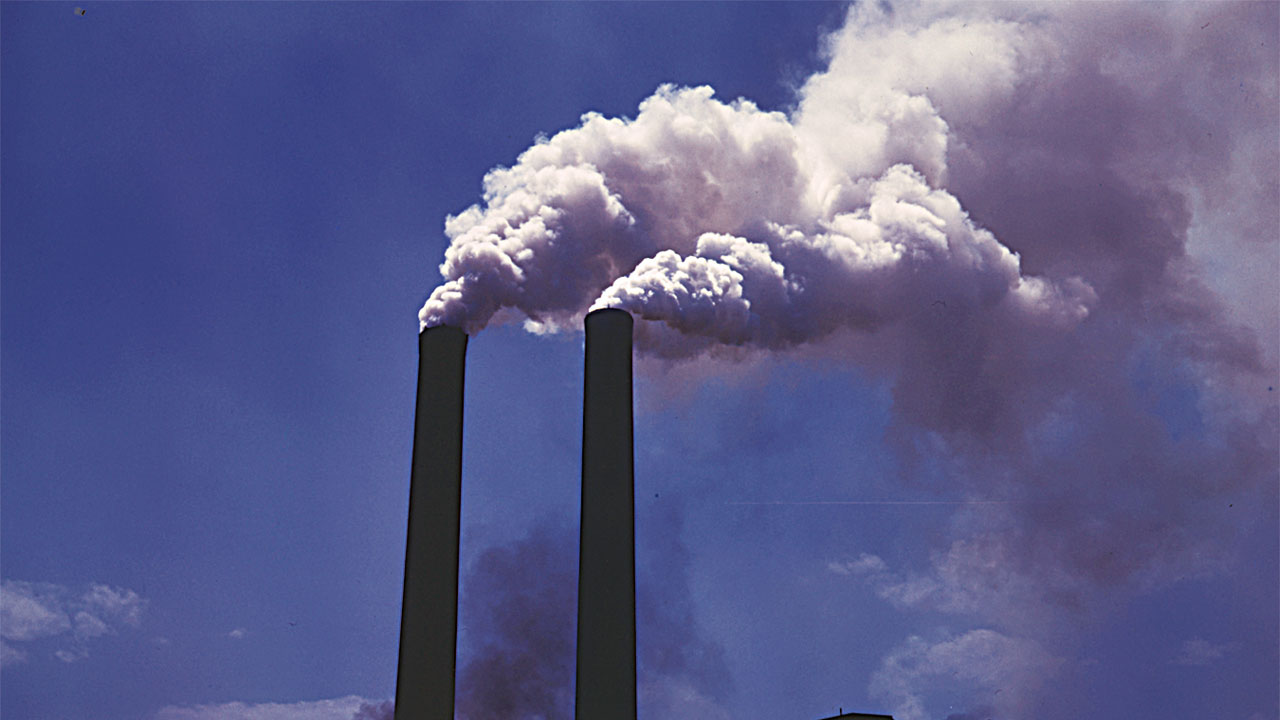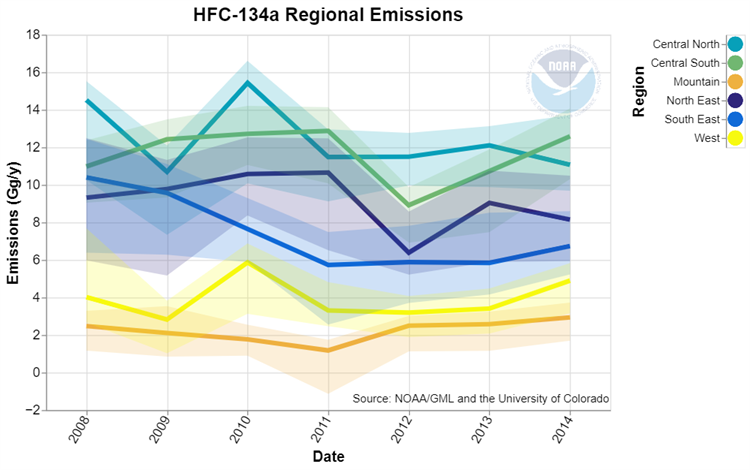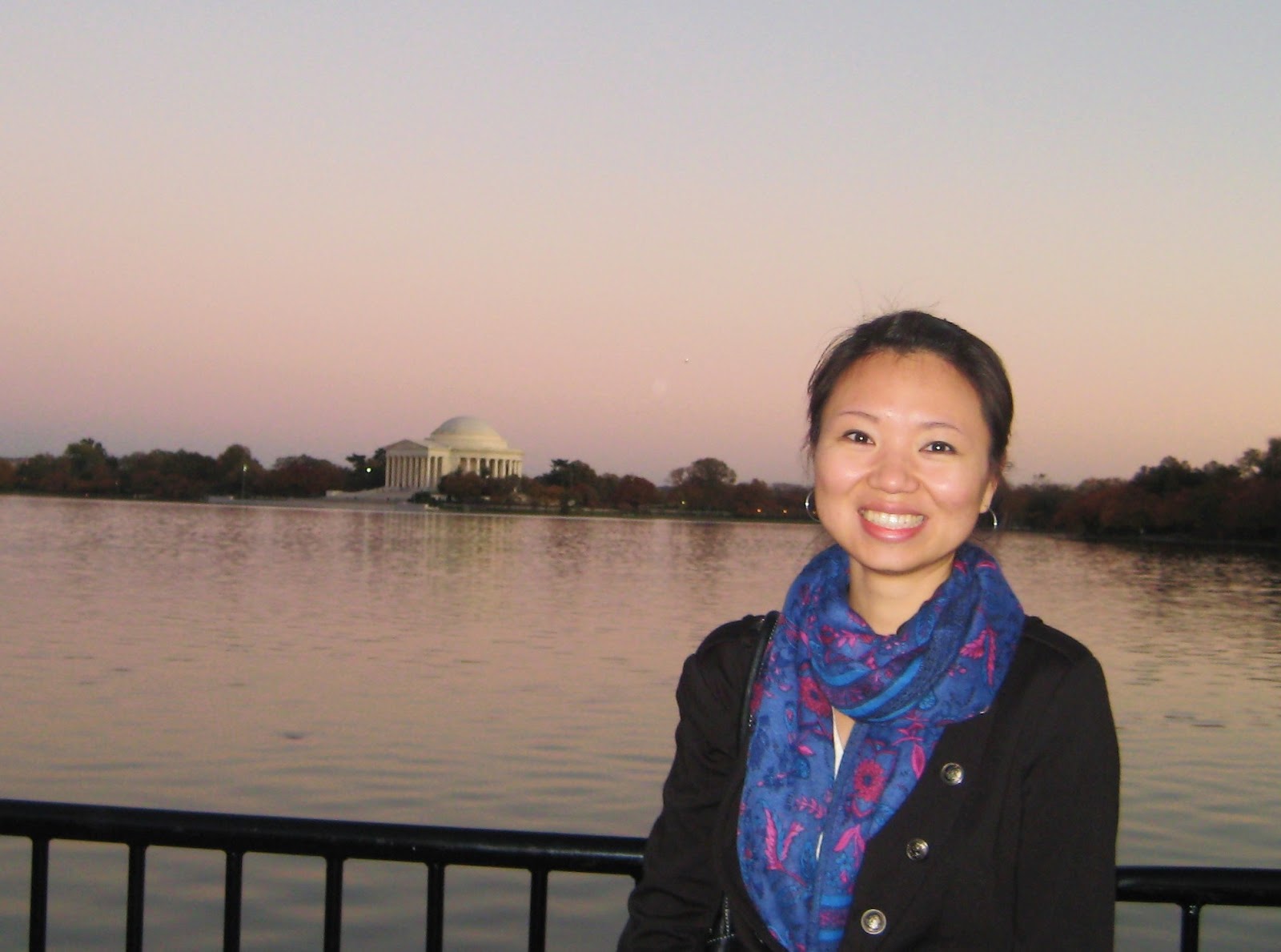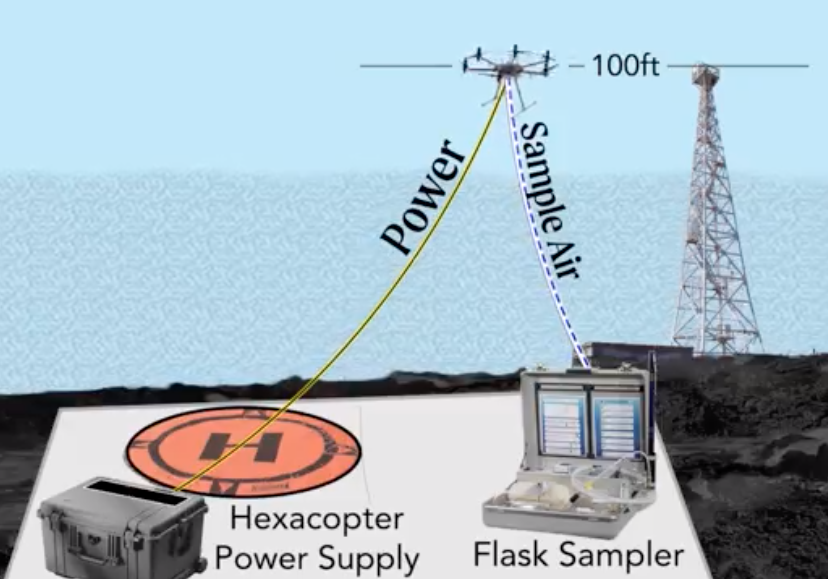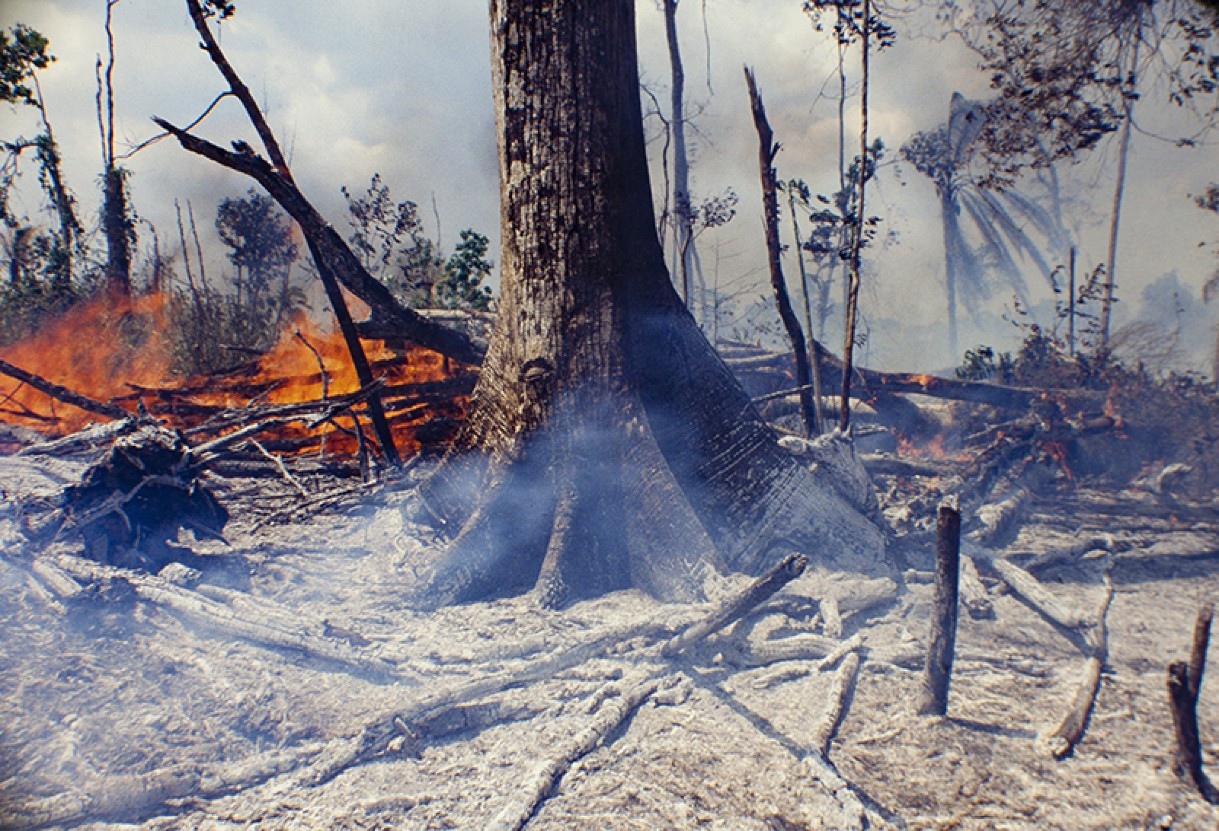News

December 4, 2024
GML highlights at AGU 2024 Fall Meeting
GML and CIRES researchers are presenting several talks and posters at the 2024 Fall Meeting of the American Geophysical Union and collaborating on many more.December 13, 2023
One year after the eruption, Mauna Loa Observatory has resumed key science activities
Over the past year since the eruption of Mauna Loa volcano on Hawaii’s Big Island on Nov. 27, 2022, MLO staff visiting the site once a week via helicopter have restored limited power to four key observatory buildings by augmenting existing solar generation and adding battery systems.March 7, 2023
Potent greenhouse gas declines in the US, confirming success of control efforts
A new NOAA analysis shows U.S. emissions of the super-potent greenhouse gas sulfur hexafluoride (SF6) have declined between 2007-2018, likely due to successful mitigation efforts by the Environmental Protection Agency (EPA) and the electric power industry.January 31, 2023
NOAA Research scientist Stephen Montzka named 2022 AAAS Fellow
NOAA's Stephen Montzka, of the Global Monitoring Laboratory, was named today as a 2022 Fellow of the American Association for the Advancement of Science (AAAS).January 9, 2023
GML highlights at the AMS 2023 Annual Meeting
GML and CIRES researchers are presenting several talks and posters, and collaborating on others, at the 2023 Annual Meeting of the American Meteorological Society.December 6, 2022
GML highlights at AGU 2022 Fall Meeting
GML and CIRES researchers are presenting several talks and posters at the 2022 Fall Meeting of the American Geophysical Union, and collaborating on many more.August 24, 2022
Path to recovery of ozone layer passes a significant milestone
An annual analysis of air samples collected at remote sites around the globe that is tracking a continued decline in the atmospheric concentration of ozone-depleting substances shows the threat to the ozone layer receding below a significant milestone in 2022, NOAA scientists have announced.June 2, 2022
New research estimates the future emissions of potent greenhouse gases based on current trends and compliance with climate policies
New research published in Atmospheric Chemistry and Physics projects future emissions of hydrofluorocarbons (HFCs), a class of potent greenhouse gasses, based on recent trends and compliance with current policies.May 23, 2022
Greenhouse gas pollution trapped 49% more heat in 2021 than in 1990, NOAA finds
Greenhouse gas pollution caused by human activities trapped 49% more heat in the atmosphere in 2021 than they did in 1990, according to NOAA scientists.April 25, 2022
NOAA’s observations help EPA track emissions of a family of greenhouse gases
For the first time, the U.S. Environmental Protection Agency is using NOAA atmospheric measurements to help support a national inventory of emissions from an important family of greenhouse gases.April 1, 2022
Modeling greenhouse gas emissions from atmospheric observations with Lei Hu
In celebration of Women’s History Month, this article continues a series of interviews with NOAA Research employees and scientists.March 18, 2022
NOAA Global Monitoring Laboratory Development of a UAS “Virtual Tower” for Gas and Ozone Measurements
Scientists from NOAA’s Global Monitoring Laboratory (GML) have undertaken novel development of an uncrewed aircraft system (UAS) “hexacopter” that will enable the lab to not only recommence a long-standing mission that was recently forced to halt, but paves the way toward enhanced operations in the future.March 9, 2022
Two additional regions of Asia were sources of banned ozone-destroying chemicals
A follow-up investigation by NOAA scientists into the sudden increase in emissions of an ozone-destroying chemical between 2010 and 2018 has determined that three regions of Asia - not just one - were responsible for rising emissions of the banned chemical.February 24, 2022
Fires are driving short-term spikes in an ozone-depleting gas
New research reveals global wildfires as an important cause of the short-term spikes in the atmospheric abundance of a potent ozone-depleting chemical, methyl bromide.December 9, 2021
GML highlights at AGU 2021 Fall Meeting
GML and CIRES researchers talks and posters at the 2021 Fall Meeting of the American Geophysical Union.

